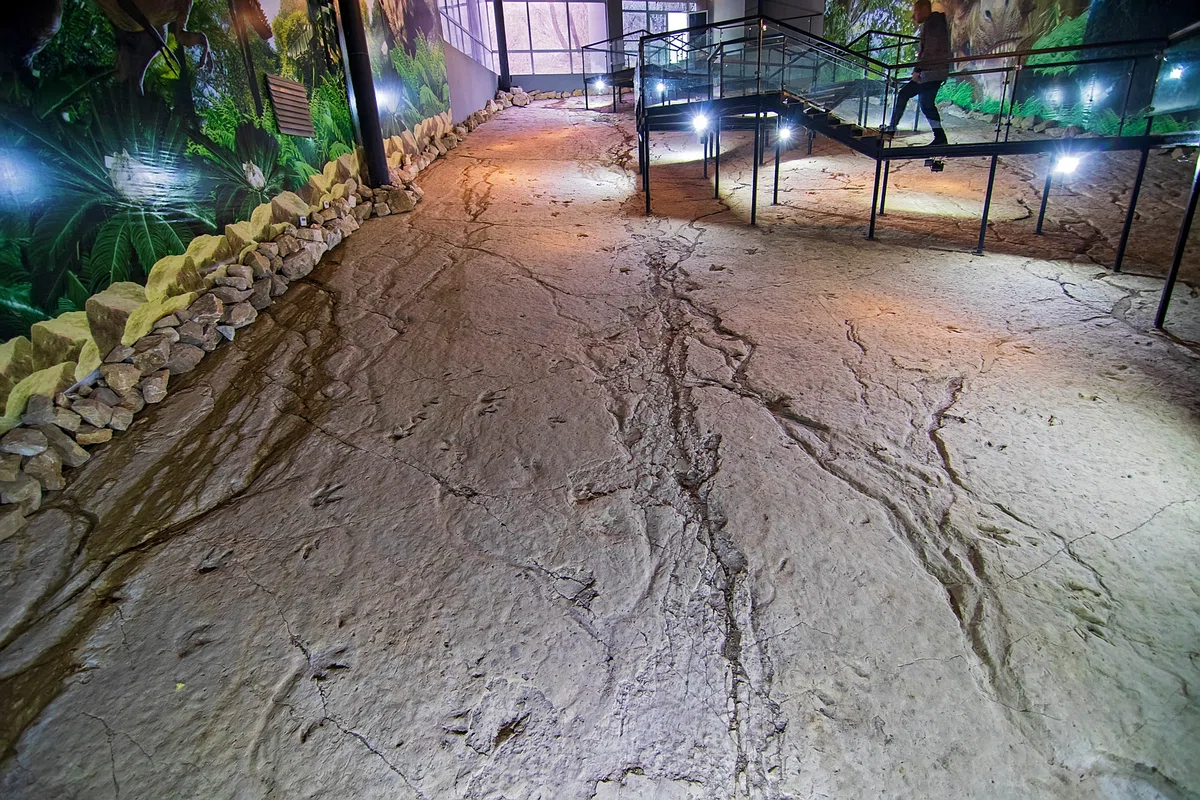
Cave complexes in Georgia. Where were the dinosaur footprints found? Imereti Cave complex.
Traces of more than two hundred species of dinosaurs have been found in the cave complexes of Imereti. There are a huge number of caves around the places where the tracks were found, the length of the largest is several hundred meters. Ancient zones and plants are preserved in these places. In addition to the complex itself, you will find many other architectural monuments in the protected area.
Traces of more than 200 species of predatory and herbivorous dinosaurs were discovered in 1933 on limestone in Western Georgia, 260 kilometers from Tbilisi. These footprints are located at an altitude of 500 meters above sea level, in a humid subtropical climate zone at an elevation of the western wind (blowing from the Black Sea) exposure.
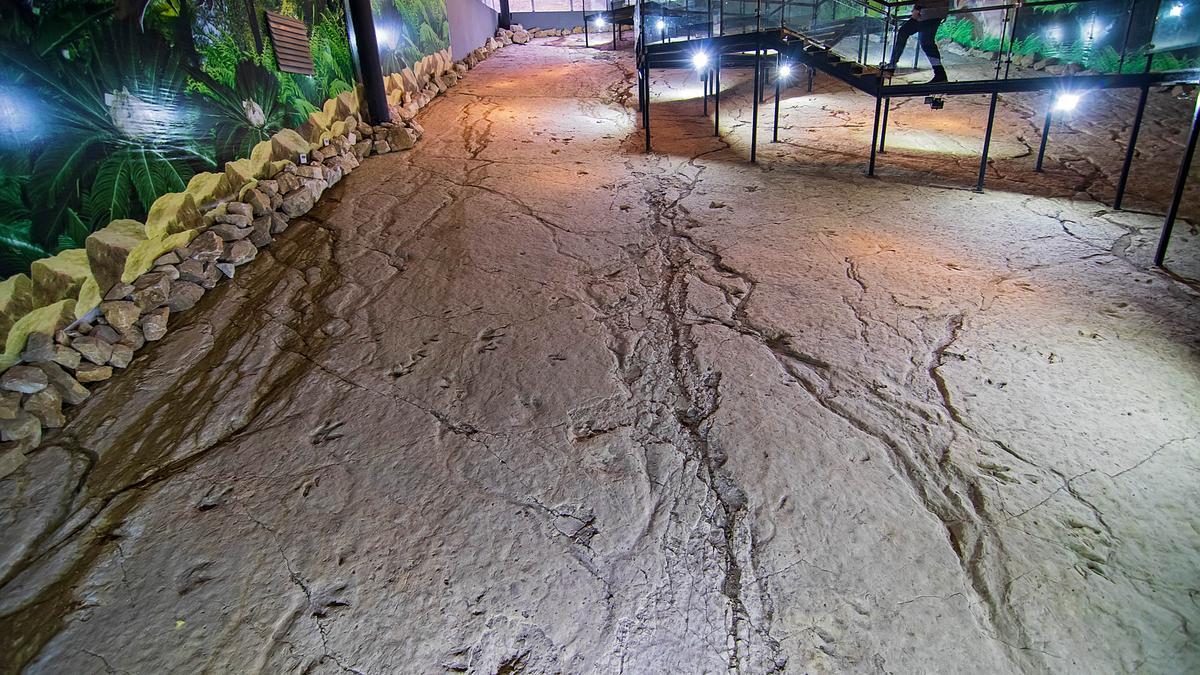
Here the annual precipitation reaches 2000 mm . There are several karst caves not far from the dinosaur tracks. The length of the largest of them reaches several hundred meters, and the height is 10 meters. In order to protect dinosaur tracks and caves, a nature reserve was established in 1935, on the basis of which a nature conservation area was created. Not only speleological, but also geological, paleontological, zoological and botanical monuments are preserved here. Most of the territory is covered with Colchian forests, the undergrowth of which is dominated by several species of evergreen and deciduous shrubs.
About seven dozen plant species are represented in the nature protection area, which covers an area of only 3.5 km2. Three species of higher plants belong to the Caucasian endemes, and one - to the Georgian. Half of the plants belong to the relics of the tertiary period, which is a very rare phenomenon for territories located in similar latitudes. Among the relics, it should be noted: Caucasian hornbeam (Carpinus caucasica), Georgian oak (Quercus iberica), Oriental beech (Fagus orientalis), chestnut (Castanea sativa), Imeretian buckthorn (Rhamnus imeretina), common alder (Alnus barbata), Colchian buckthorn (Staphylea pinnata), boxwood (Buxus colchica). Boxwood in the form of a grove forms an evergreen undergrowth, the age of individual specimens of which reaches one hundred years. The protected area is home to more than fifty species of living creatures, among which the local birds are especially noteworthy.
Not far from the nature protection area there are many ancient historical and archaeological monuments. Of these, it should be noted: the ancient settlement of Vani, the early medieval Ubisi Church, the Church of the Holy Martyrs (Motsameta), also the Gelati monastery complex and Bagrat Cathedral, which are included in the list of monuments protected by UNESCO.
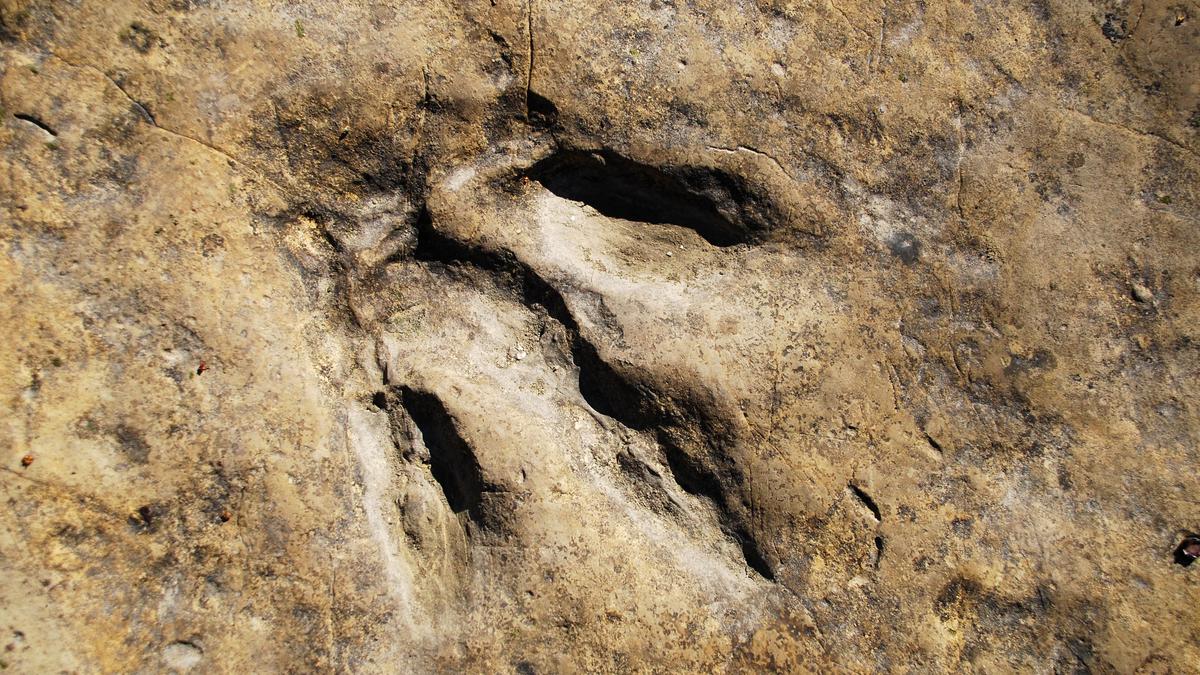
The wonders of Georgian nature
-
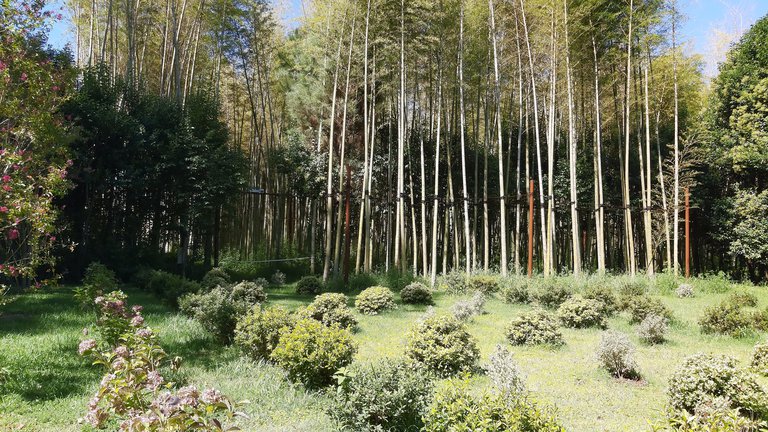
Arboretums near Batumi and Kobuleti, or Corners of nature created by man
Natural attractions of GeorgiaExotic plants and ancient trees. Pink flamingos and black storks. Picturesque views and t…
-
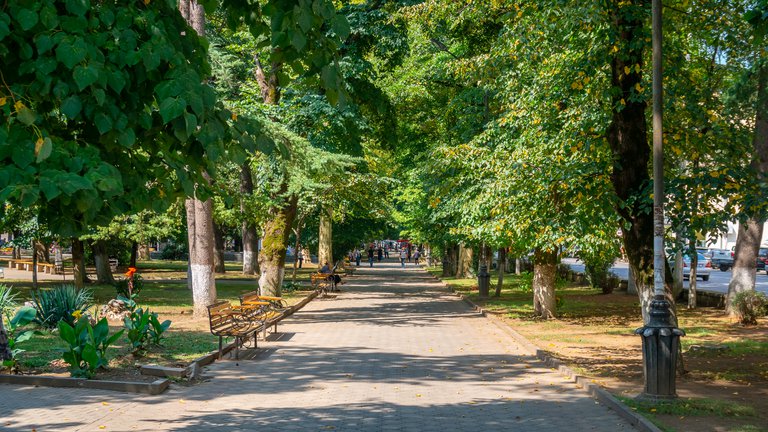
Kutaisi Garden
Natural attractions of GeorgiaThe famous Kutaisi Garden was founded in the early 19th century and several different typ…
-
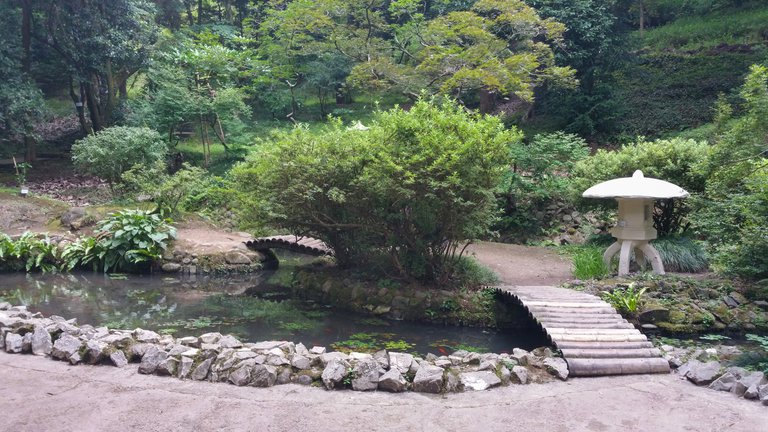
Kutaisi Botanical Garden
Natural attractions of GeorgiaDon't know what to see in Georgia? The natural exposition of Kutaisi Botanical Garden wil…
-
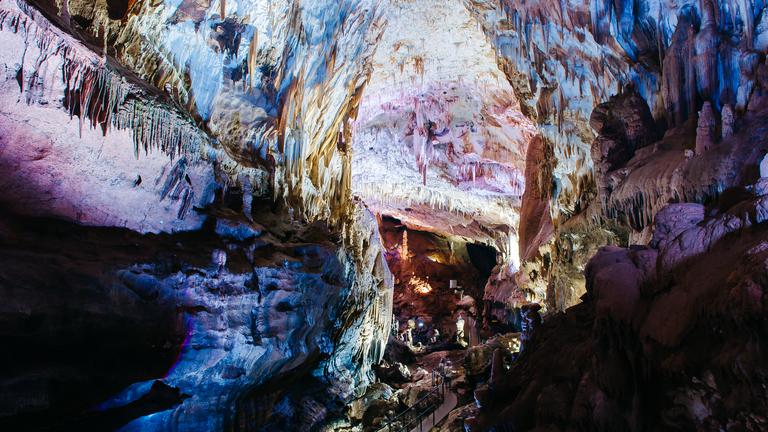
Prometheus Cave
Natural attractions of GeorgiaThe Natural Museum, which is the Prometheus Cave in Tskaltubo, is one of the most beautif…
-

Georgian Vine
Natural attractions of GeorgiaGeorgia is considered the birthplace of wine. As a result of the excavations, many object…
-

Geomorphological pillars
Natural attractions of GeorgiaGeomorphological pillars are grandiose formations, among the pillars it is worth paying a…
-
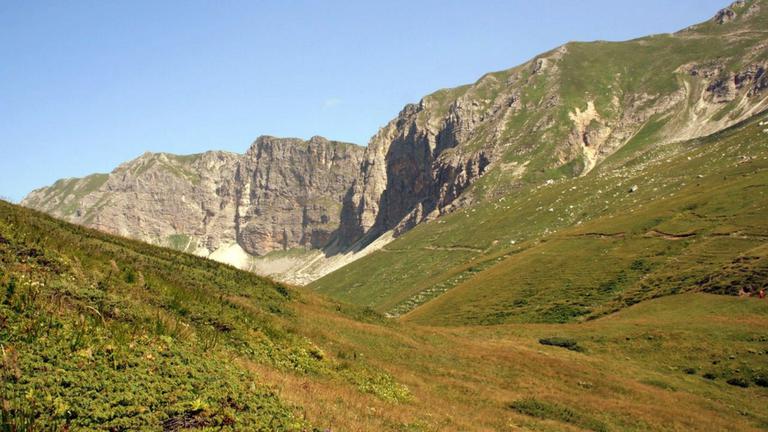
Limestone massifs
Natural attractions of GeorgiaThere are beautiful views from the limestone massifs. There are many popular arrays in Ab…
-

Black Sea in Georgia - water, sun and delicious Georgian air
Natural attractions of GeorgiaThe Black Sea is practically the most popular place for a tourist holiday. Many tourists …












41 comments
Log in to leave a comment
Жаль, что статья не рассказывает подробнее об этих следах, какой динозавр их оставил, найдены ли другие останки в этой местности, как этот след сохранился до наших дней.
Но место заинтересовало, вызвало желание посетить его и увидеть все своими глазами!